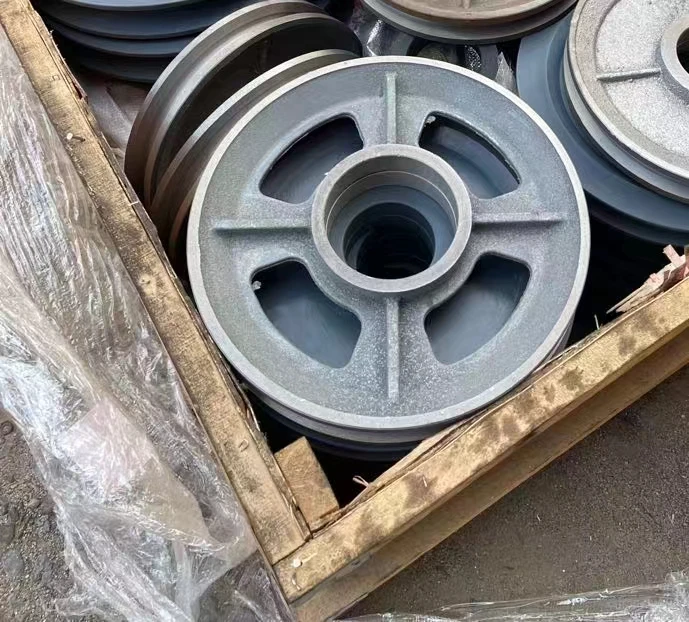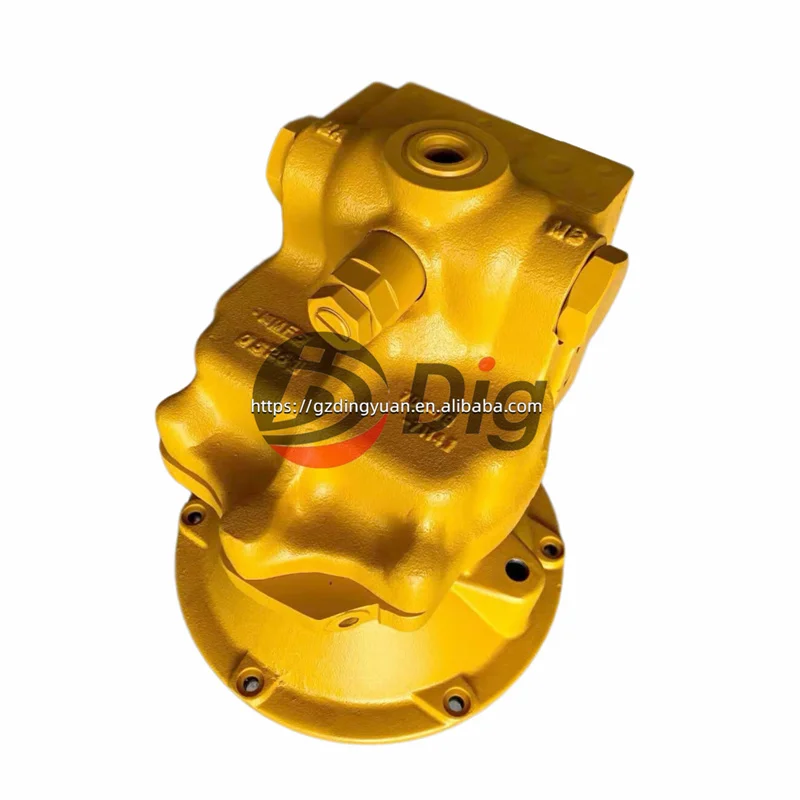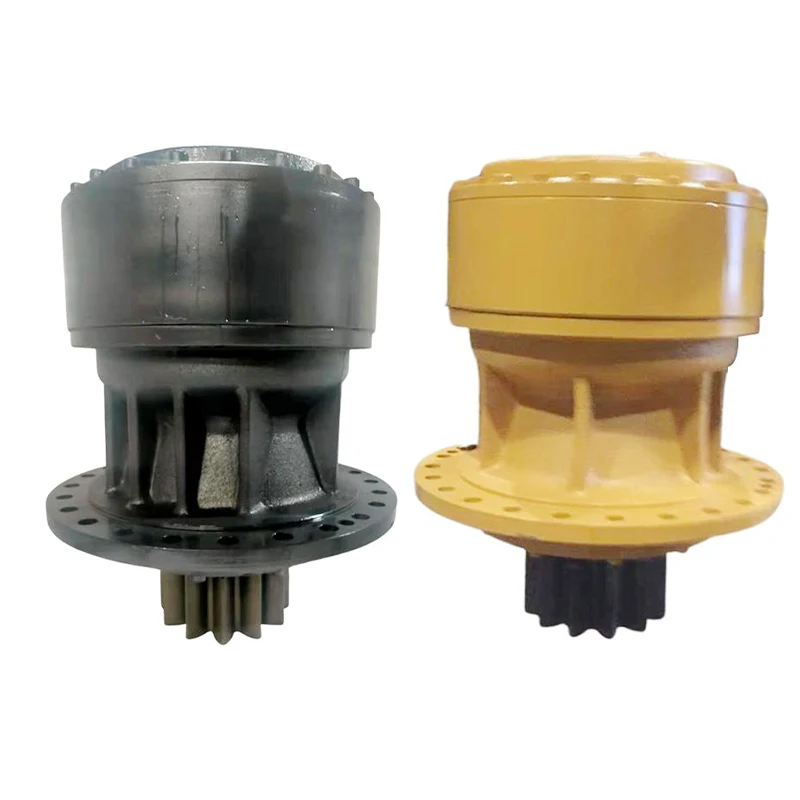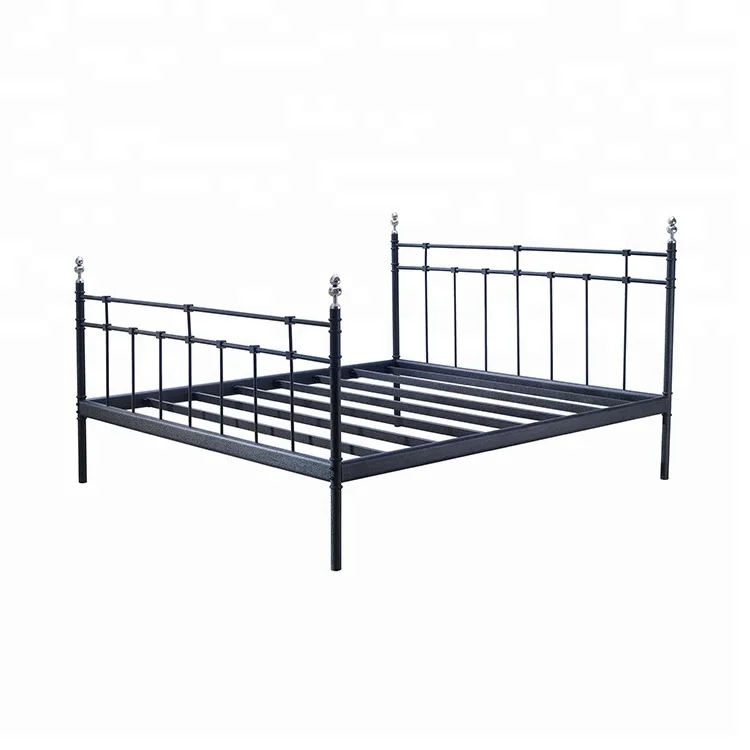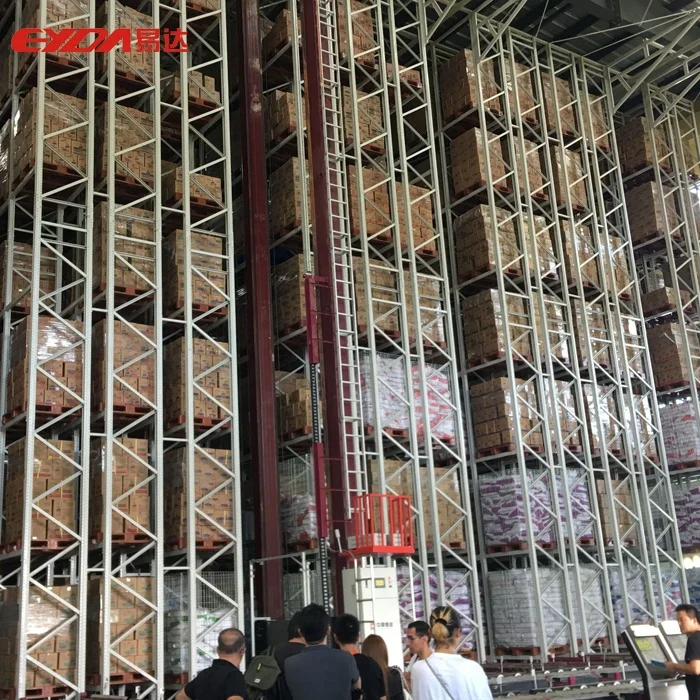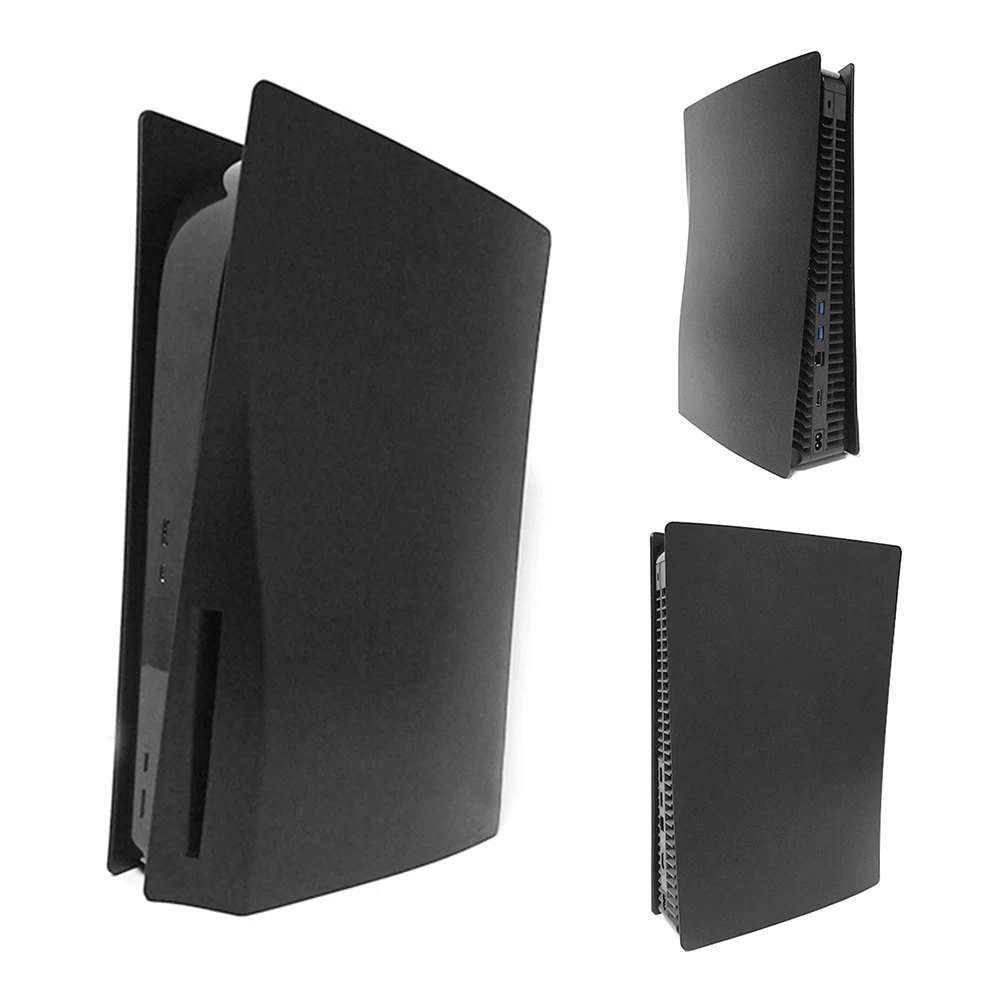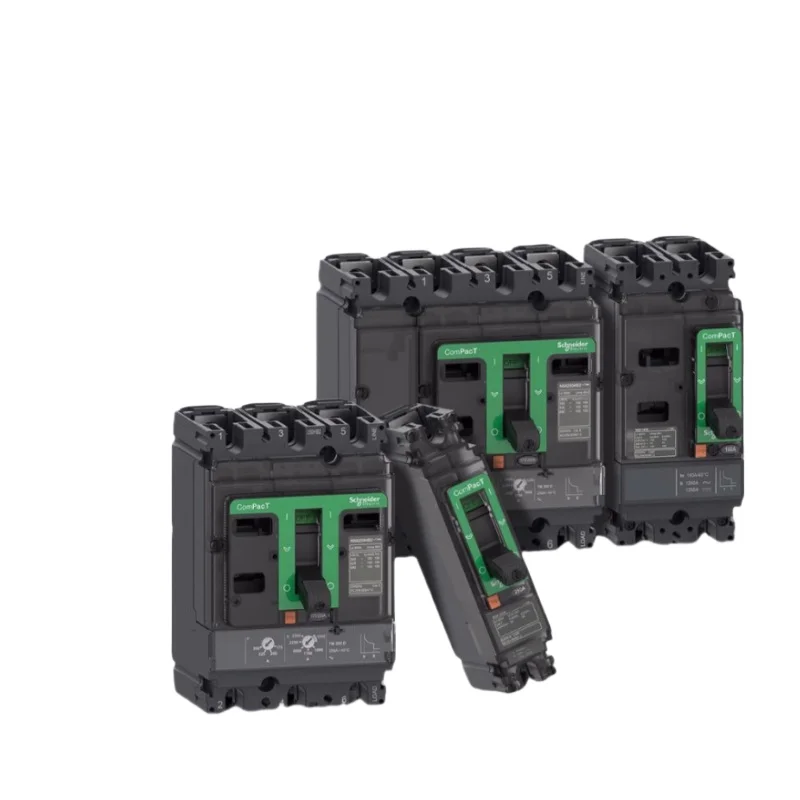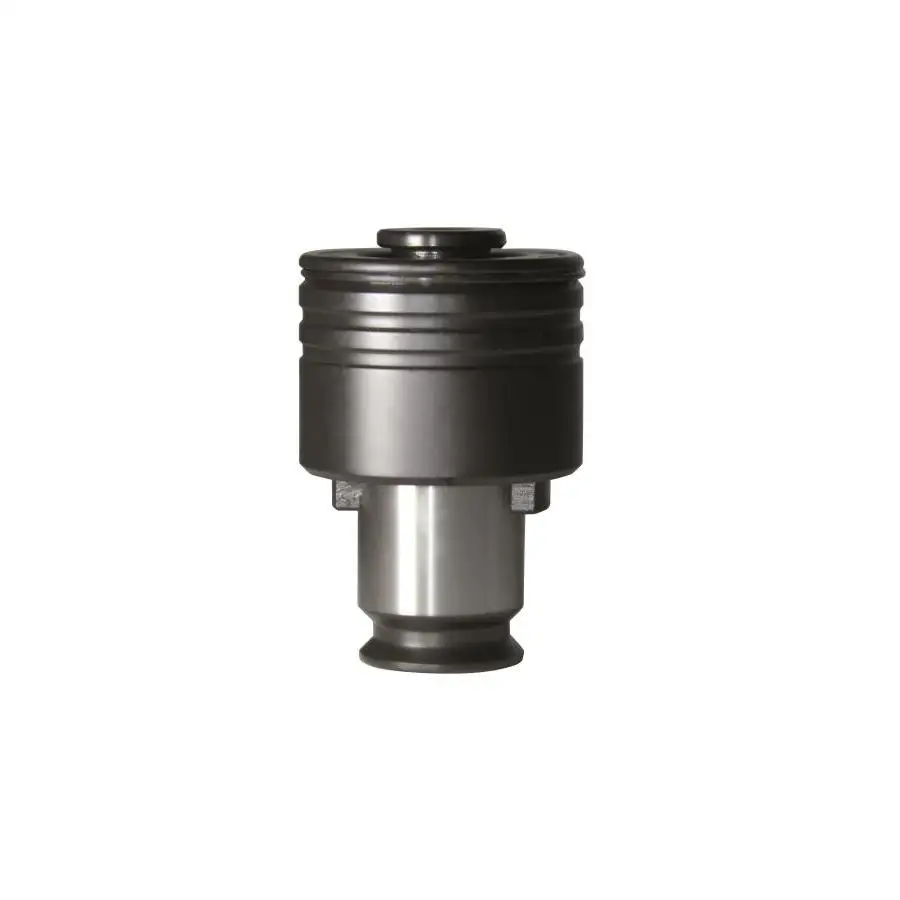Литой шкив для башенного крана
- Категория: >>>
- Поставщик: Wuhan Changlong Century Machinery Co. Ltd.Wuhan Ltd.
Сохранить в закладки 1601203241696:
Описание и отзывы
Характеристики
Casting Pulley for Tower Crane: A Comprehensive Overview
The casting pulley is an essential component of a tower crane, playing a vital role in the efficient and safe operation of this heavy lifting machinery. This article aims to provide an in-depth examination of the casting pulley for tower cranes, covering its design, materials, manufacturing processes, functionality, maintenance, and significance in the construction industry.
1. Introduction
A tower crane is a towering structure commonly seen on construction sites, responsible for hoisting and moving heavy loads with precision and control. At the heart of its lifting mechanism lies the casting pulley, which serves as a key element in translating the rotational force generated by the crane's motor into vertical movement of the load.
2. Design and Specifications
The design of a casting pulley for a tower crane is a complex engineering task that takes into account several factors. These include the maximum load capacity the crane is expected to handle, the speed of lifting and lowering, the rope or cable diameter it will accommodate, and the overall dimensions and weight restrictions of the crane.
The shape of the pulley is typically cylindrical, with a grooved surface to guide the rope or cable. The grooves are designed to prevent the rope from slipping off and to distribute the load evenly along its length. The size of the pulley, including its diameter and width, is determined based on the mechanical requirements and the space available within the crane's structure.
3. Materials and Manufacturing Processes
The choice of materials for casting pulleys is crucial to ensure their durability, strength, and resistance to wear and tear. Commonly used materials include high-quality cast iron, steel alloys, and sometimes lightweight yet strong composite materials.
The manufacturing process usually involves casting, where molten metal is poured into a mold to form the basic shape of the pulley. Precision machining is then carried out to achieve the required dimensions, smoothness of the surface, and accuracy of the grooves. Heat treatment may also be applied to enhance the mechanical properties of the material, such as increasing hardness and improving fatigue resistance.
4. Functionality and Working Principles
The primary function of the casting pulley is to change the direction of the force exerted by the rope or cable and to provide a mechanical advantage for lifting the load. When the crane's motor rotates the pulley, the rope or cable winds or unwinds around it, causing the attached load to rise or descend.
The pulley operates under considerable stress and friction, which requires it to have a low coefficient of friction to minimize energy losses and to withstand the high forces generated during lifting operations. The smoothness and quality of the groove surface, as well as the proper alignment of the pulley within the crane's mechanism, are crucial for efficient and trouble-free operation.
5. Maintenance and Inspection
Regular maintenance and inspection of the casting pulley are essential to ensure the safe and reliable operation of the tower crane. This includes visual inspections for signs of wear, cracks, or damage to the pulley's surface, grooves, and axle. The lubrication of the bearings and moving parts is also critical to reduce friction and prevent premature wear.
Periodic checks of the rope or cable for signs of fraying, kinking, or excessive wear are equally important, as a damaged rope can cause significant safety hazards and put additional stress on the pulley. Any detected issues or abnormalities should be addressed promptly to avoid potential failures and accidents.
6. Safety Considerations
The integrity and proper functioning of the casting pulley are directly related to the safety of the tower crane operation. A malfunctioning or damaged pulley can lead to rope slippage, sudden drops of the load, or even structural failure of the crane, posing serious risks to workers and the surrounding environment.
To ensure safety, tower cranes are subject to strict regulatory standards and safety inspections. Manufacturers and operators are required to adhere to these guidelines and to implement comprehensive safety protocols, including regular maintenance, training of operators, and the use of appropriate safety devices and protective measures.
7. Advances and Innovations
The field of tower crane technology is constantly evolving, and so are the designs and capabilities of casting pulleys. Recent innovations include the use of advanced materials with enhanced properties, the integration of sensor systems for real-time monitoring of pulley performance and condition, and the development of more efficient and compact pulley designs to accommodate the increasing demands of modern construction projects.
8. Conclusion
The casting pulley for tower cranes is a seemingly simple yet highly critical component that contributes significantly to the productivity and safety of construction operations. Its proper design, manufacture, maintenance, and inspection are essential for the smooth functioning of tower cranes and the successful completion of construction projects. As the construction industry continues to advance, ongoing research and development in this area will undoubtedly lead to further improvements in the performance and reliability of casting pulleys, ensuring the continued safe and efficient operation of tower cranes in the years to come.
Похожие товары
Поворотный механический мотор 706-7G-01140 706-7G-01170 для PC200-8 Komatsu PC220-8 экскаватора
Хорошая цена хорошее качество гидравлический поворотный двигатель Mb85 в сборе для экскаватора PC200-8 Komatsu
Высокое качество оптовая продажа Поворотный двигатель для ПК и других запасных частей экскаватора Sany
Конечный Привод гидравлического двигателя экскаватора Wacker Neuson 5001RD
Экскаватор Оригинальный Новый SANY SY210 корпус поворотного двигателя case210
Заводская цена M5x130 экскаватор поворотное устройство детали двигателя в сборе 199-4539 поворотный двигатель
Детали для мини-экскаватора KTM22 Электропривод экскаватора ходовой двигатель бренда Kubota Takeuchi Sumitomo IHI Caterpillar Komatsu
Новые поступления
Новинки товаров от производителей по оптовым ценам
